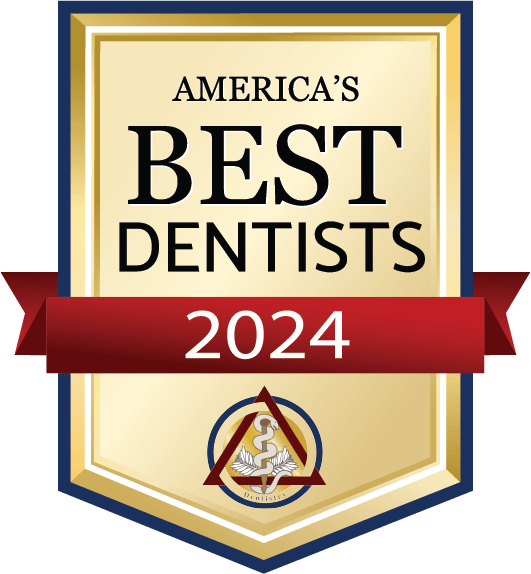
S.T.A.M.P. out Tooth Decay: a Closer Look at Specifically Targeted Antimicrobial Peptides
Chemotherapeutic agents are often recommended to help prevent common dental diseases such as caries (tooth decay) and gingivitis. This is because healthy teeth and gums are increasingly seen as a necessary component of overall health. In fact, “92 percent of adults ages 20-64 have had dental caries,” and coming up with new ways to prevent decay in the mouth is becoming ever more important to scientists conducting clinical research, and to dental professionals providing care (Hinkle, Beckum, and West, 2013).
Two of the most widely used chemotherapeutic agents are fluoride and chlorhexidine. Fluoride is a mineral that deposits into the enamel of developing teeth, and additionally is able to reverse small amounts of demineralization on a tooth surface, while chlorhexidine is frequently recommended for patients with gingivitis. This is because it has the ability to rupture cell membranes of all strains of bacteria in the mouth. Chlorhexidine also demonstrates a unique property called substantivity, meaning it is released in the oral cavity over a long period of time, and consequently is extremely effective.
Now a new technology, called STAMP (specifically targeted antimicrobial peptides) is undergoing clinical testing. Adding STAMP technology to the list of agents already proven to be effective against dental disease could give dental professionals additional options, enabling them to further tailor treatment plans to meet the unique needs of each patient.
Although the way that specifically targeted antimicrobial peptides function is still partially unknown, researchers have established that some proteins work better than others against specific strains of bacteria. While one protein, called “melittin B,” has demonstrated the ability to rupture the cell walls of Streptococcus mutans, the most effective peptide against this cariogenic bacterium is called STAMP C16G2. Researchers have found that “compared to antimicrobial peptides (AMPs) with wide spectra of activity, STAMP C16G2 has demonstrated specificity for S. mutans in a mixed-culture environment, resulting in the complete killing of S. mutans while having minimal effect on other streptococci” (Kaplan, 2011). During clinical trials the C16G2 protein was added to salivary samples and inspected under a microscope. The protein was able to break the cell membrane of Streptococcus mutans bacteria, something that was demonstrated by a cell impermeable dye flowing into the ruptured cells.
If further testing of the new STAMP technology is successful, it may well join other proven methods of preventing tooth decay. Dental hygienists like Rebekah Hinkle, Leah Beckum, and Terri West have even made an additional claim that STAMP could be used as a new “first line of defense” against cavities, as opposed to fluoride. Dental professionals are continuously seeking out new ways of treating their patients, especially for a condition as commonplace as caries, and the new STAMP technology offers scientists hope that they are getting closer to understanding how cariogenic bacteria can specifically be disrupted.
Sources Cited:
Christopher W. Kaplan (2011). Selective Membrane Disruption: Mode of Action of C16G2, a Specifically Targeted Antimicrobial Peptide . Antimicrobial Agents and Chemotherapy , 3446-3452 .
Rebekah Hinkle, RDH, Leah Beckum, RDH, & Terri West, Access (2013). S.T.A.M.P. of Approval: Specifically Targeted Antimicrobial Peptides in Caries Reduction. Access , 10-12. Zbys Fedorowicz, V.
P. (2010). Chlorhexidine treatment for the prevention of dental caries in children and adolescents.
Cochrane Oral Health Group.
Kevin Granger, DDS Office: (301) 249-3333
Previous Blog Post
